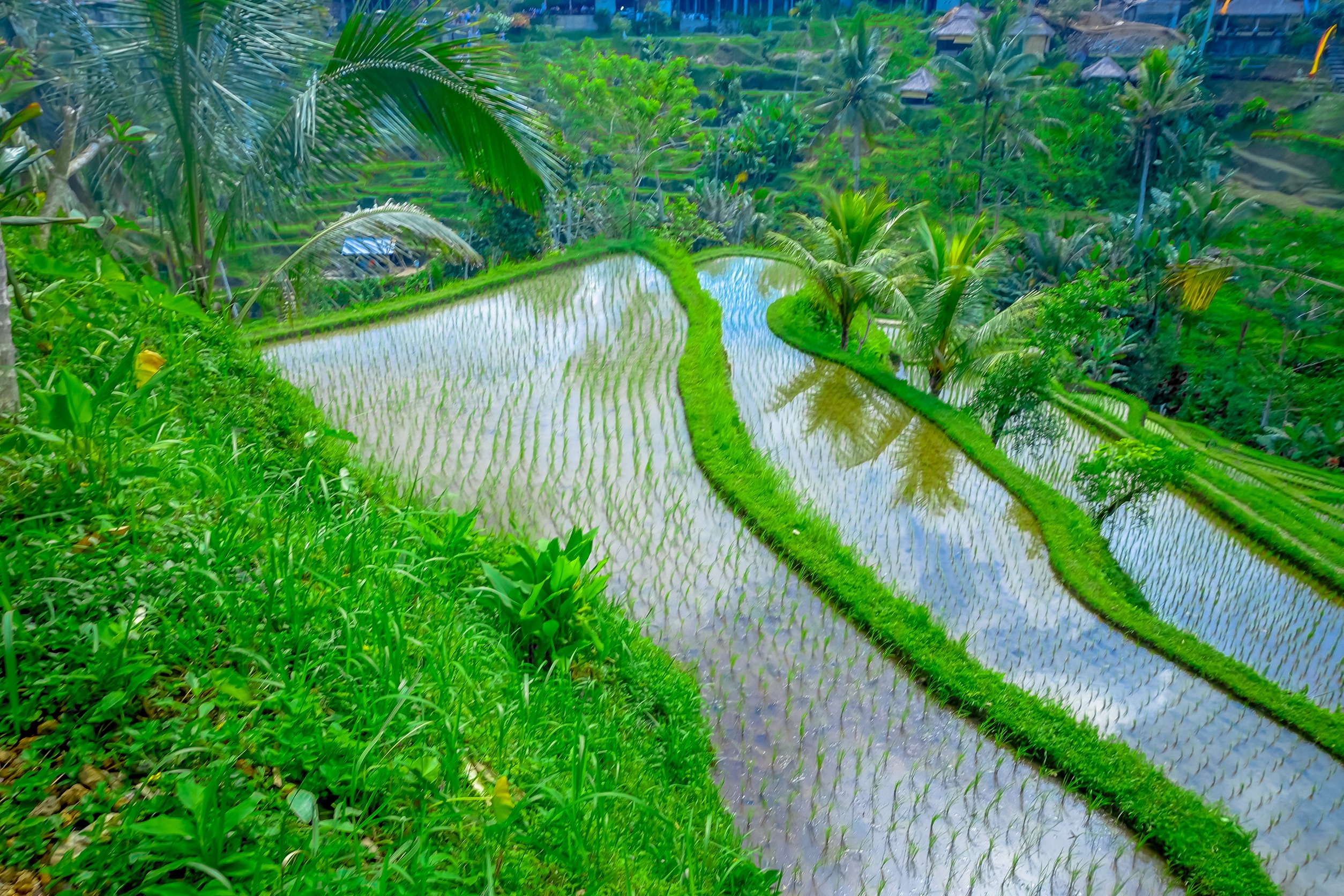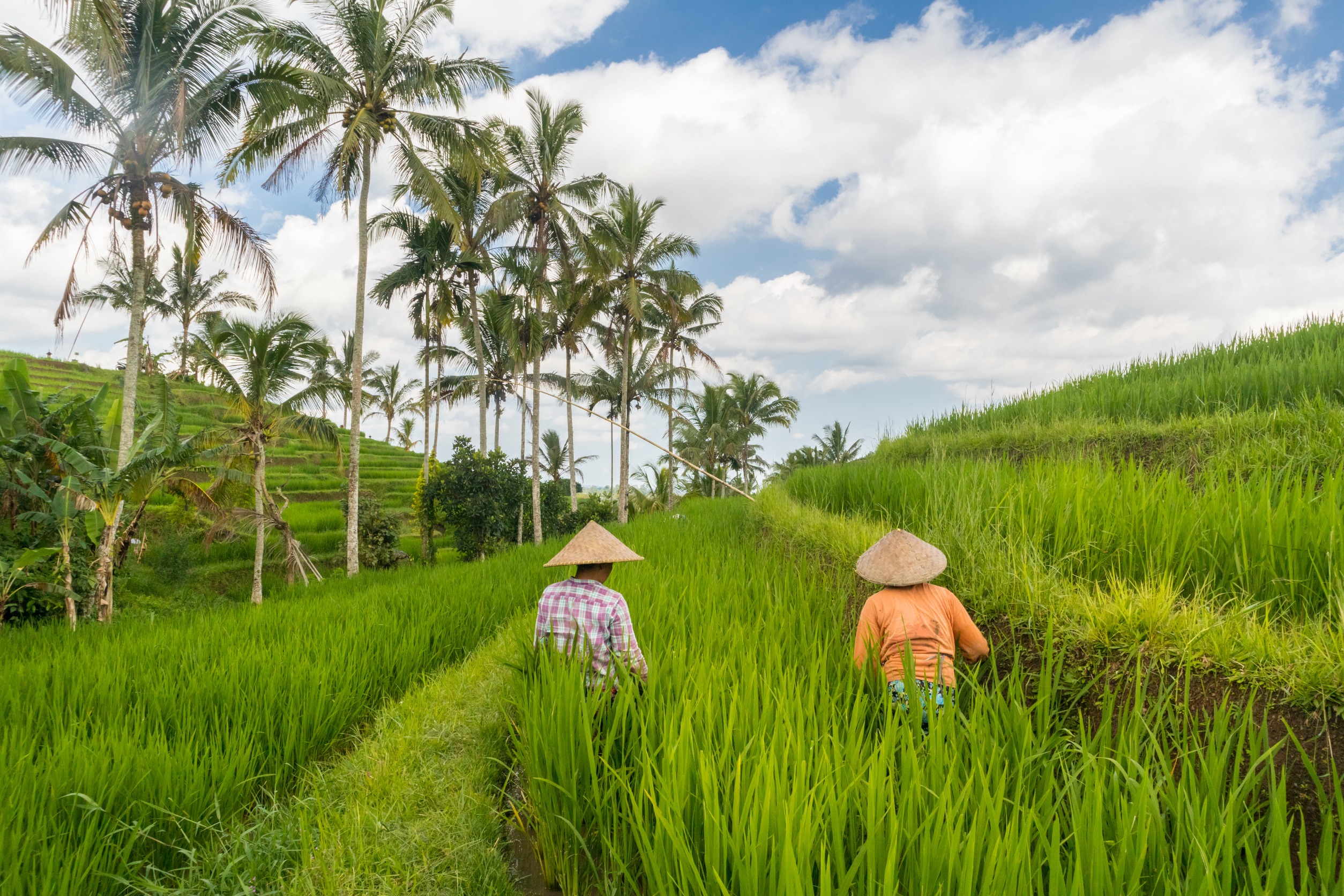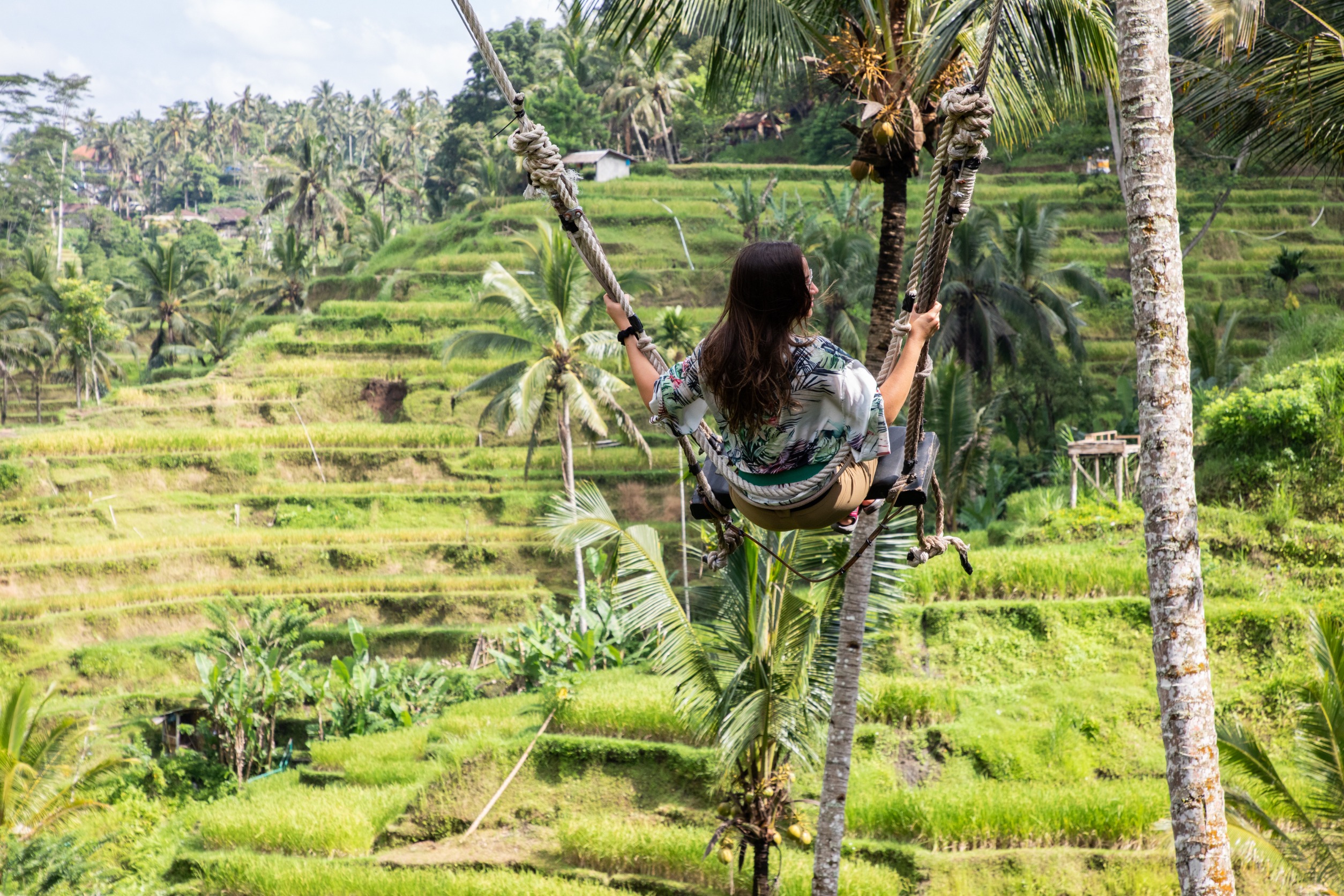Bali’s Terraced Fields and Culture: A Marking Point of The Island
If you ask any tourist who has been to this island in Indonesia, the first thing that comes to mind is the terraced rice paddies that symbolize the beauty of Bali. These stunning fields, carved into the mountains provide not only fantastic vistas but also tranquil peace that encapsulates the essence of the island. Even if you are planning a relaxed vacation or some trekking adventure, going to Bale’s terraced paddies should be the top ambition of any tourist willing to get a glimpse of the essence of Bali.
1. Conception and the Way Balinese Culture Shapes Rice Terraces
Here is something more than meets the eye – these rice paddy terraces are in fact an invaluable agricultural landscape of cultural significance and more than a thousand years of farming practice of the island’s features, the water management system known as subak recognised as a UNESCO cultural landscape. The subak system, besides from being a highly efficient agricultural method, is in fact a social system. It exemplifies how Balinese culture can create synergy between human life and the ecosystems people live in. This ancient technique has enabled rice cultivation of hilly terrains that forms a key component of agriculture and the economy of the island.
2. The Most Famous Rice Terraces in Bali
Although Bali has countless beautiful rice plantations, a few terraces, however, have grown popular with both tourists and photo enthusiasts. Below are a few of the most popular rice terraces:

Tegallalang Rice Terraces:
Tucked away in the hills around Ubud, Tegallalang is one of the corners in Bali which is not hard to miss. Thanks to its steep terraces covered in greenery, this area attracts a lot of visitors. The walkways allow for picture taking from high places as well as enjoying a drink in the cafes with a beautiful view of the area.

Jatiluwih Rice Terraces:
Jatiluwih is categorized as a World Heritage by UNESCO and has bigger and quite settings. The coolest feature about this area is how quiet it is which leaves it suitable for hikers and bikers. Not as crowded like Tegallangalang, Jatiluwih is for those who want to go far away from the bustling and noise.

Sidemen Valley Rice Terraces:
Set in the Sidemen Valley, the Sidemen rice terraces are regarded as beautiful and traditional. This area is still not too developed easing in the unwinding of the mass tourism that takes over Balinese Delta. If you are into hiking, touring hilly villages and cultural experiences, then Sidemen is great area for you.
3. Best Time to Visit Bali's Rice Terraces
The rice-growing cycle ensures that the attractiveness of the rice terraces of Bali is not constant. Walk-in visitors are most likely to visit during the planting season (February–April) or just before the harvesting season (September–October) when the terraces have the most greens. However, all seasons are interesting – it could be the sight of the shiny fields of the young seedlings or the golden sheaf of the paddy during harvesting season.
4. How to Enjoy Rice Terraces without destroying them
Because of the increasing fame of the rice terraces of Bali, the impact of tourism on these historical structures needs to be controlled properly. Here are a few tips:
Follow the indicated routes: this aims to avoid damage to the crops and the altering of the land’s original appearance
Buy from the people around: Food, beverages, and souvenirs can be bought from the small cafes and stalls run by the local families.
Look after the farmers and what they do: It is worth noting that these terraces are not merely for sightseeing for the tourists; they are extensive areas used by local farmers for sustenance.
5. More Than a View: Other Activities and Experiences in the Rice Terraces
In addition to merely watching the sights, Bali's rice terraces provide other interesting activities such as the following below:
Trekking: In places like Jatiluwih and Sidemen it is possible to go trekking in the fields. There are already established trekking routes that take one past the terraces and educate about farming methods used in the region.
Photography: A trip to the rice terraces is worthwhile. At sunrise or sunset one is guaranteed being able to look forward to softer light that renders picture-taking opportunities much more aesthetic due to the green landscape. Pictures can be taken from a distance, or very up close to the different shapes formed by the planting patterns.
Tummy-Culture: Traditional Balinese Farming Classes. Such classes are offered in some villages in order to explain the way of life in Bali to its visitors. Such visitors are given the opportunity to plant or harvest rice in the company of farmers from the village. This makes it possible for people to appreciate the culture of the Balinese people as well as appreciate the effort made towards each grain of rice.
6. General Guidelines and Procedures for Visitors of the Rice Fields of Bali
There are also a few tips that can help make the experience of the rice terraces more enjoyable.
In case you don’t want back pain, wear good supportive shoes: Local customs require traversing many terraces. Walking is well-known for being much more strenuous than one anticipates.
If you rendepesartalo: So join the many people who think jungles are just comprised of green leaves and are lazy spotting monkey butt you are absolutely wrong in travelling to Bali. What do we do instead? On our last visit to Bali, we took the Ronda through the Tepak Sira rice field near the Bon Cen temple and realized it was time to go home.
Store basics: Sunblock, water, and insect repellent for hygiene purposes when you are out in extreme heat damp of bali
Touching the Soul of the Rice Terraces in Bali
More than gorgeous panoramas, the Bali rice terraces also present the always warm, communal life of the Balinese people and their harmony with the earth. Near the rambunctious Tegallalang terraces in Ubud or quiet Jatiluwih, each rice field bears witness to different aspects of Bali's natural splendour and agricultural tradition. When visiting these terraces, tourists should adopt specific protocols that ensure the protection of such cherished sceneries for many more years to come.